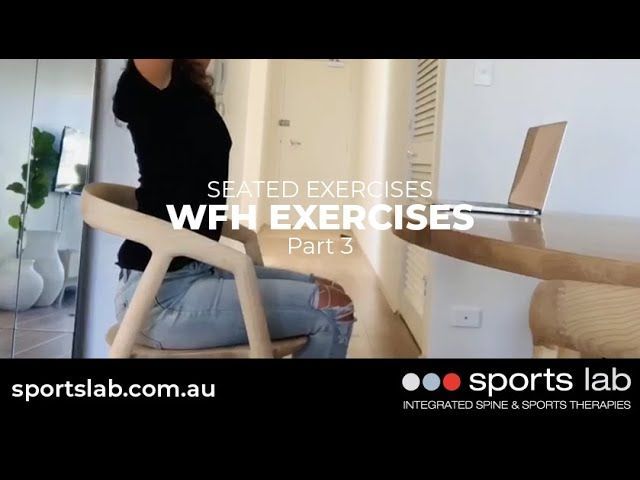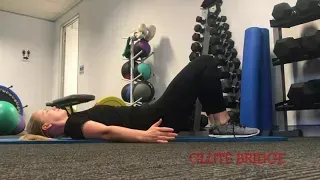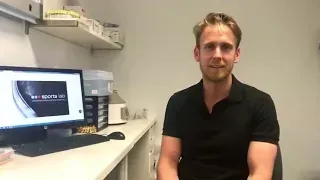GANGLION CYSTS
A ganglion cyst is a lump that most commonly develops on a joint or tendon (the tissue that connects muscle to bone). They are not cancerous and, in most cases, are harmless. Ganglion cysts are typically round or oval and are filled with a jellylike fluid , similar to the fluid that lubricates your joints.
Location.
Ganglion cysts most commonly develop on the backs of hands, fingers and wrists, and can also occur on the feet, ankles and knees. These cysts can occur near other joints as well.
Shape and size.
A ganglion cyst looks like a smooth round or oval lump under the skin, although smaller ganglions can remain hidden under the skin (occult ganglions). They vary in size, ranging from 1-3 cm in diameter. The size of a cyst can fluctuate, often getting larger when the joint is used repetitively. With rest, the lump typically becomes smaller.
Pain.
Most ganglion cysts do not cause symptoms, but if they press on a nearby nerve it can cause pain, numbness, , and muscle weakness. Their location can sometimes interfere with joint movement. If pain is present, it is usually chronic and made
worse by joint motion.
Causes.
The cause of them is not known, however it is thought they may be caused by small tears in the covering of a tendon or joint that allow the contents to squeeze out.
Ganglion cysts can develop in anyone, but they most commonly occur in women between the ages of 20 and 40.
These cysts are also common among gymnasts, who repeatedly stress their wrists.
People who have arthritis in the finger joints near their fingernails are more likely to develop ganglion cysts near those joints.
Joints or tendons that have been injured in the past are at higher risk of developing ganglion cysts.
Treatment.
In many cases, ganglion cysts go away by themselves without the need for medical treatment. However, if the cyst is causing pain, interferes with movement, or has an unacceptable appearance, there are several treatment options:
• Observation (because the ganglion is not cancerous and may disappear in time )
• Splinting the affected joint to relieve symptoms and cause the ganglion to decrease in size.
• Aspiration – draining the cyst using a needle (In many cases, the ganglion cyst returns)
• Excision – surgery to cut out the cyst.
The traditional method of treating a ganglion cyst by hitting it with a book is not encouraged – it might cause other injury.










